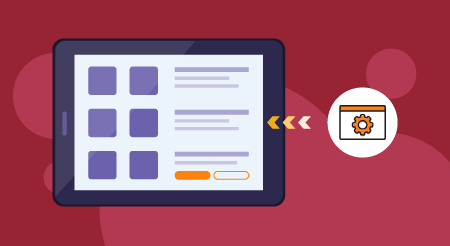- Choose the Right POS Software: Begin by selecting a POS system that aligns with your business needs. Ensure it offers features like sales processing, inventory management, and reporting capabilities.
- Employee Training: Invest in proper training for your staff to ensure they can effectively use the POS software. Well-trained employees can process transactions faster and minimize errors.
- Inventory Management: Leverage the inventory management features of your POS software to track stock levels in real-time. Set up automated alerts for low stock to prevent overstocking or understocking issues.
- Sales Reporting: Utilize the reporting and analytics tools within the POS software to gain insights into sales trends, customer preferences, and product performance. Use this data to inform your purchasing and marketing strategies.
- Customer Relationship Management (CRM): Implement CRM features if available in your POS software to track customer interactions, preferences, and purchase history. This allows you to personalize marketing efforts and improve customer retention.
- Integrate with Other Systems: Integrate your POS software with other business systems, such as accounting software or eCommerce platforms. This streamlines data flow and reduces the need for manual data entry.
- Security Measures: Ensure that your POS software complies with security standards and employs encryption and access controls to protect customer data and financial transactions.
- Regular Updates: Keep your POS software up to date by installing software updates and patches provided by the vendor. This ensures that you have access to the latest features and security enhancements.
- Test and Optimize: Continuously evaluate your POS software’s performance and seek opportunities for optimization. Test new features, workflows, and integrations to identify areas where efficiency can be further improved.
- Customer Experience: Focus on improving the customer experience by reducing wait times at the checkout counter, offering multiple payment options, and providing accurate order processing.
- Mobile and Cloud Solutions: Consider adopting mobile and cloud-based POS solutions, which offer flexibility and scalability, particularly for businesses with multiple locations or events.
- Feedback and Adaptation: Collect feedback from employees and customers about the POS system’s usability and functionality. Use this feedback to make necessary adjustments and improvements.
By following these steps and leveraging the capabilities of your POS software effectively, you can significantly boost retail efficiency, streamline operations, and enhance the overall performance and profitability of your business.




